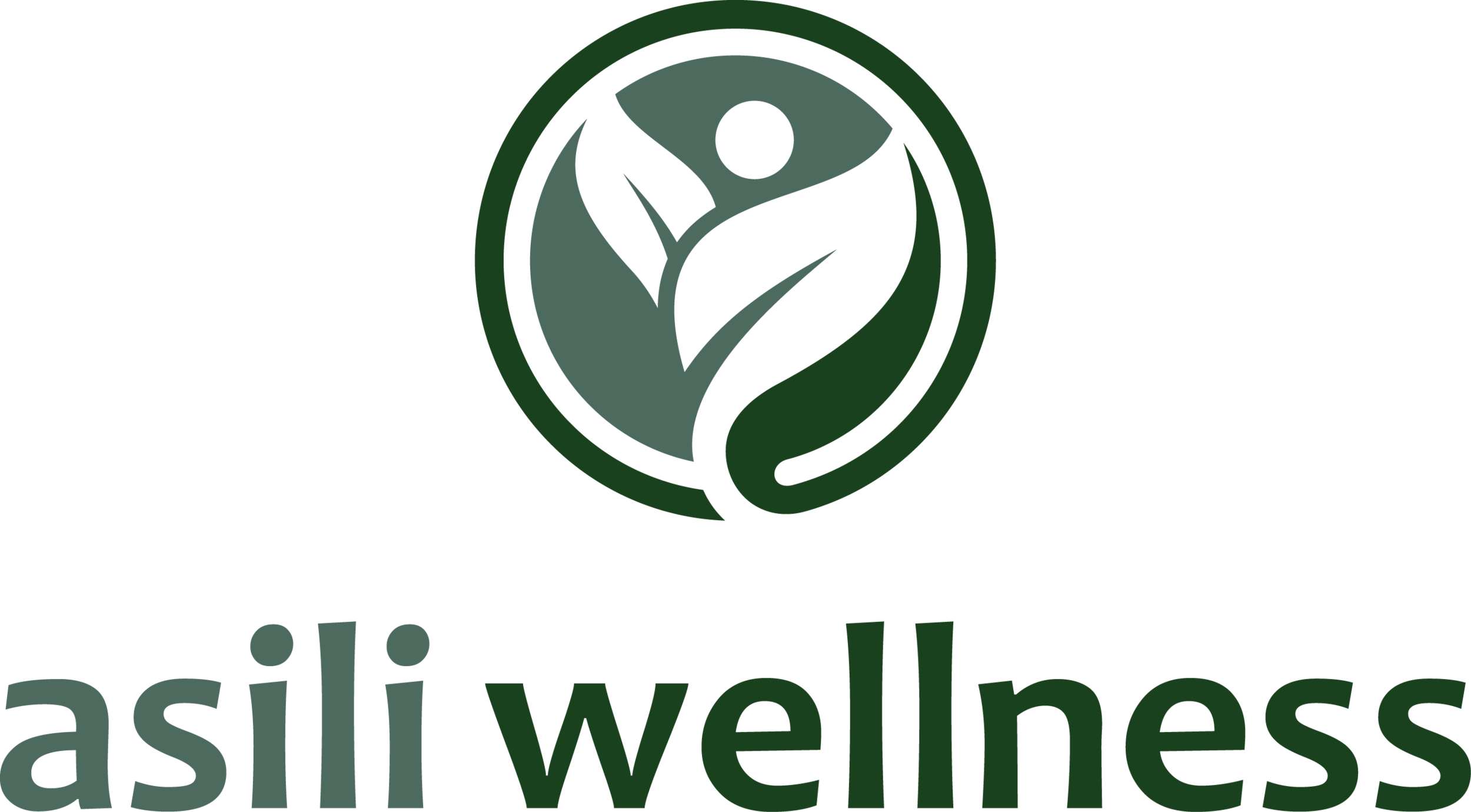Pranayama for Beginners: Discover the Power of Your Breath
Have you ever heard of Pranayama? It's an incredible breathing practice that originated in India and has been practiced for thousands of years. People have used it to tap into the power of their breath for more energy, better relaxation, and overall improved health.
So, what exactly is Pranayama? How can you start using it to your advantage? And what excellent benefits are in store for you?
In this post, we'll explore the basics of Pranayama for beginners, helping you discover safe practices, simple everyday use techniques, and the fantastic benefits you'll enjoy. Let's embark on this journey together!
What is Pranayama?
Let's break it down! Pranayama means controlling your breath or life force. It's the fourth limb of yoga, as mentioned in Patanjali's Yoga Sutras. While you can practice it independently, it shines when combined with yoga postures (asana) and meditation.
Practicing Pranayama helps regulate energy in the body, improves respiratory system functions, and supports physical and mental well-being. It can also calm the mind and nurture a peaceful spirit!
The Benefits of Pranayama
Pranayama has genuinely excellent benefits! This ancient practice can boost your breathing, energize your body, improve circulation, and soothe your nervous system. It's also a fantastic tool for tackling anxiety, stress, insomnia, and headaches.
How to Practice Pranayama
Practicing Pranayama is simple! Start with deep diaphragmatic breaths. Inhale through your nose, letting your belly expand as you fill your lungs, and slowly exhale through your mouth. Aim for at least five minutes of this practice every day.
As you become more comfortable, try lengthening your exhales: start by exhaling twice as long as you inhale and work your way up to three times longer. This steady breathing will help create a sense of calm and tranquility.
Pranayama Tips for Beginners
As you venture into the world of Pranayama, here are some practical tips to help you out:
(1) Start with the Basics
Get to know the fundamentals first! Mastering your breath is crucial before moving on to more advanced techniques.
(2) Create a Cozy Space
Find a comfortable spot to relax and connect with your breath. Make it your little sanctuary, whether a yoga mat or a cozy blanket.
(3) Listen to Your Body
Always tune into how you feel. If you start to feel lightheaded or dizzy, pause and breathe. Ease into a comfortable pace and slowly extend your breaths.
(4) Be Patient with Yourself
Remember, it's a journey! The benefits might take time, but you'll see the rewards if you stay dedicated and keep practicing.
(5) Consider a Mentor
Having a teacher or mentor can be helpful. Their guidance can provide insight and enhance your practice.
Final Thoughts
Pranayama is a beautiful practice that has uplifted spirits for centuries. It encourages relaxation, letting go of stress, and enhancing overall well-being. As a beginner, find your peaceful space and start with basic breathwork. With time and commitment, you'll elevate your practice and enjoy this technique's incredible benefits. Happy breathing!
At Asili Wellness, we offer holistic therapeutic services to enhance, nourish, and transform well-being.
We'd love to walk alongside you in creating your happiness and enhancing your ability to promote health, prevent disease, encourage self-care, and foster healing. Let's work together to fill your cup! Reach out today and schedule a COMPLIMENTARY CONSULTATION.
Explore Yoga + Talk Therapy
Shop Products
Join Thrive
thrive is a complimentary resource with fresh goodies each month intended to help you create a healthier lifestyle mentally, physically, and emotionally.
Call, email, follow, or shop today to start your journey!
Peace + Wellness, Dr. Nicole













